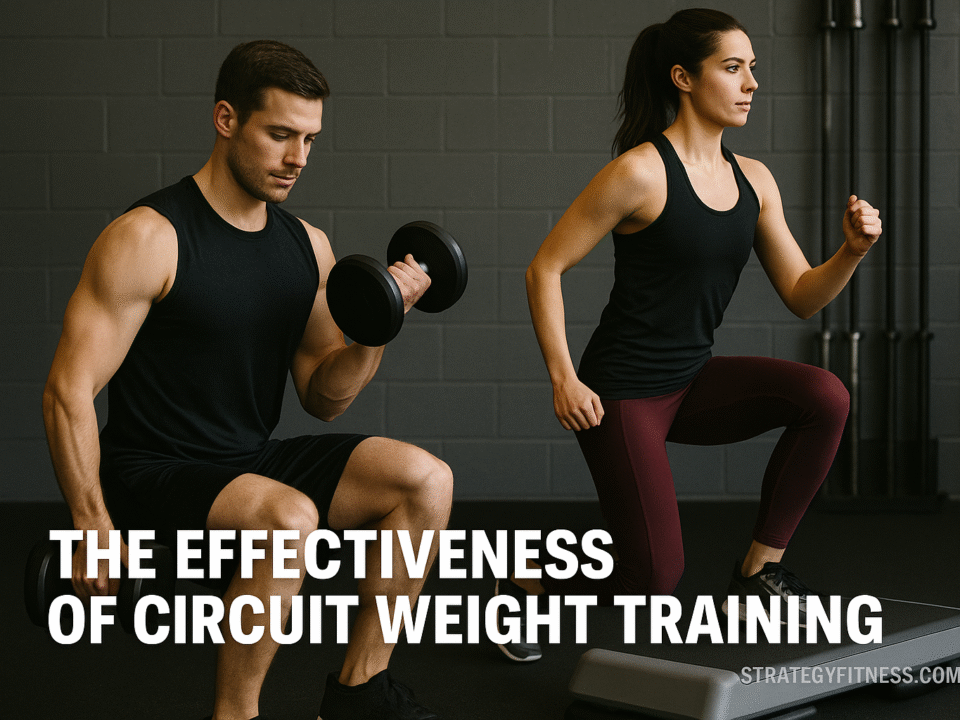
10 Outdoor Winter Workout Idea’s
January 31, 20222022 Top Fitness Trends
February 7, 202210 Tips For Winter Workouts Outdoors
As a follow-up to my 10 Outdoor Winter Workout Ideas post, let’s explore some effective ways to keep warm and get ready for that possibly extreme weather workout. Remember, anytime you put your body into a position of danger, we can assume it is extreme. Cold weather workouts, even in warm climate areas, can still get into the freezing ranges, and not preparing could lead to injuries and even a trip to the hospital. From dressing up to warmups here are our quick tips to surviving the outdoors.
1. Dress ‘Dry,’ Not Just ‘Warm’
The quickest way to lose body heat is to get wet. Because water is an efficient heat conductor — moving heat away from the area of highest concentration (your body) to the lowest (cold air outside) getting wet will quickly leave you chilled and miserable. If you’re cold and wet you may be more inclined to cut your workout short, and you also increase your risk for hypothermia (when your core body temperature falls below 95 degrees Fahrenheit) or, in freezing conditions, for getting frostbite
That means, skip activewear made from cotton, which soaks up sweat and rain and holds in moisture. We recommend opting for synthetic fibers instead, such as polyester, nylon, and polypropylene designed to dry quickly. “They wick away moisture about 50 percent faster than cotton.

Cold weather running means dressing in layers
2. Layer Up
Don’t stop at sweat-wicking clothes. You also need layers to trap warm air next to your body and keep out the elements (like rain, snow, and wind). The weather may not be the same at the beginning of the workout as at the end. It’s all about preparation.
Here’s how to layer up for winter workouts: First, put on a thin base layer made of synthetic fabrics (discussed above) to help pull sweat away from your skin. If it’s really cold outside, wear a middle layer, such as polar fleece, for extra warmth. Then, add an outer layer (or shell) to protect you from wind, snow, and rain.
Depending on the weather, your outer shell can be a lightweight nylon windbreaker or vest, or a heavyweight, waterproof jacket. Note that the more water-repellent the shell, the less it will allow moisture from the inside (your sweat) to escape, even if you’re wearing the proper base layer.
3. Protect Your Extremities
Fingers, ears, nose, and toes are affected most by chilly temperatures because “blood is shunted to the core of the body, leaving less blood (and subsequently less heat) available to hands and feet are easiest to freeze and get frosbite.
To keep your extremities from freezing, wear a hat or headband and gloves or mittens. You can always take them off and tuck them in a pocket if you get warm. Thick socks also help. All these add-ons should be wool or synthetic, rather than cotton, to help keep sweat off your skin. Men may also need to consider a good pair of technical briefs, underwear made from synthetic fabrics, or extra layers as needed.
If you find your toes getting particularly chilly, consider the design of your shoes. “Running shoes are designed to let heat escape, but in chilly weather, the cold comes right in. Shoe covers, which you can find at a skiing or hiking retailer, can help lock out the cold. You can also visit a specialty running store to try on shoes that are specially designed to withstand the winter elements.
4. Protect Your Skin
Winter air isn’t just cold, it’s dry. To keep your skin from drying out with it, drink plenty of water (roughly eight 8-ounce glasses per day) and rub on moisturizing cream or lotion, Ridings says. He recommends applying Vaseline to sensitive areas like the nostrils, tip of the nose, and ears for more protection. To block out biting winds, consider keeping your face covered with a running mask or scarf.
And here’s something you might not have thought about: the sun. Yes, you can get sunburn in the winter. Even if it’s cloudy, UV rays can reach and damage the skin. What’s more, it’s important to realize that snow reflects up to 80 percent of UV rays, according to the Skin Cancer Foundation, so when there’s snow out you’re hit by many of the same rays twice.
If you’re skiing or snowboarding in the mountains, your risk of sunburns is even higher. For every 1,000 feet of elevation, UV exposure increases 4 to 5 percent, according to the Skin Cancer Foundation.
Before heading out for a winter workout (no matter the elevation), apply sunscreen with at least SPF 30 to your face and any other skin that will be exposed and apply SPF lip balm before, during, and after your workout. And don’t forget to protect your eyes with UV-blocking sunglasses.
5. Check Your Traction
Winter workouts can get slippery fast if any rain, snow, or ice is involved. If any of these elements are present, “Stay on plowed or salted surfaces,” Ridings says. Back roads and trails may not be as well maintained and may have hidden obstacles that could lead to ankle or other injuries.
If you do plan to run or walk on snowy, icy surfaces, attaching snow or ice spikes to your running shoes will help you maintain traction to reduce the risk of falls, he says. But it’s important to stay off the pavement if you’re wearing spikes. They’re designed to pierce snow or ice, so on paved surfaces, they can impede balance instead.
6. Do a Warm-Up First
There’s no getting around the need for a good warm-up, no matter what the mercury reads. But it’s especially important to prep for cold-weather workouts. Dynamic warm-ups increase blood flow and temperature in the muscles to help decrease the risk of injuries.
When exercising in colder temperatures, you’re at increased risk for sprains and strains and warm-ups become more critical. Think of it as like stretching a cold rubber band. It easily snaps, right? Warm it up, though, and it becomes more pliable and less likely to fray.
The best dynamic warm-up for you depends on what type of workout you’re doing. But for all warm-ups, be sure they include low-intensity movements that mimic the exercise you’re about to perform. If you’re a runner, for instance, a dynamic warm-up might include bodyweight lunges and squats, arm swings, and core activation work.
And be sure not to confuse warming up with static, bend-and-hold stretching. Those stretches are best saved until the end of your workout.
7. Remove Layers as You Heat Up
The biggest mistake in dressing for cold weather exercise is putting on too many layers and not peeling them off in time at the proper intervals. After all, exercising will considerably warm you up fast, and you don’t want to get ridiculously sweaty when you’re in subfreezing temps — leaving you at risk of everything from dehydration to frostbite.
As soon as you start to feel like your body temp is at about baseline, that’s the time to start discarding layers. “Remove it and tie it around your waist. If you get cold later, you can put it back on.”
Also, keep in mind that your exercise intensity will affect how many layers you need — and how soon you need to start removing them. Runners tend to need fewer layers than walkers because they move faster and produce more body heat.
8. Drink Up
Some people don’t feel as thirsty during cold-weather workouts as they do during warmer-weather workouts during high heat and sun. But you’re still losing fluids through sweat and breathing in lower temperatures so you still need to replace those fluids by drinking water.
Sip water during your workout and switch to a sports drink, such as Gatorade, if you’re planning to exercise for 90 minutes or longer (and not fueling up with other energy gels or chews), Galloway recommends. But not overdoing it is important. No matter how much water you gulp down, your body tends to only be able to absorb three to four ounces at a time.
9. Head Into the Wind — to Start
The faster you’re moving, the higher the wind-chill factor — and your risk for hypothermia, especially when running into the wind.
To help reduce the impact and keep your core body temp up, make sure that (if you’re performing an activity in a loop, like running, cycling, or skiing) you head into the wind at the beginning. Think of it as hiking up the mountain after already coming down. That ensures that, on your way back, when you’re at your sweatiest and have the greatest risk of losing body heat, you aren’t fighting the wind chill as well, he says. Keep the wind at your back and wear a wind-breaking hoodie or extra-layer that breaks that wind.
10. Cool Down and Then Change Out of Damp Gear
Once you stop moving after a cold-weather workout, you’ll get chilled fast. But that doesn’t mean you don’t need to cool down. Whatever the weather, a cool-down is important after sustained exercise. Cooling down is like It helps your body eliminate exercise by-products and reduce potential muscle soreness.”
Take care of your heart with a cool down, by going straight from strenuous exercise to standing around creates undue stress for your heart. Gradually tapering down your exercise intensity during the final 5 to 10 minutes. Then, once breathing and heart rate normalize, repeat your warm-up and do some static stretching.
Then it’s time to get out of your damp workout clothes, which can suck away warmth. A warm shower and dry, clean clothes help keep that chill away.
From the Mayo Clinic, 7 easy to follow tips for Winter Fitness:
- Stay safe during cold-weather exercise. Exercise is safe for almost everyone, even in cold weather.
- Check weather conditions and wind chill.
- Know the signs of frostbite and hypothermia.
- Dress in layers.
- Protect your head, hands, feet and ears.
- Don’t forget safety gear and sunscreen.
- Drink plenty of fluids.




